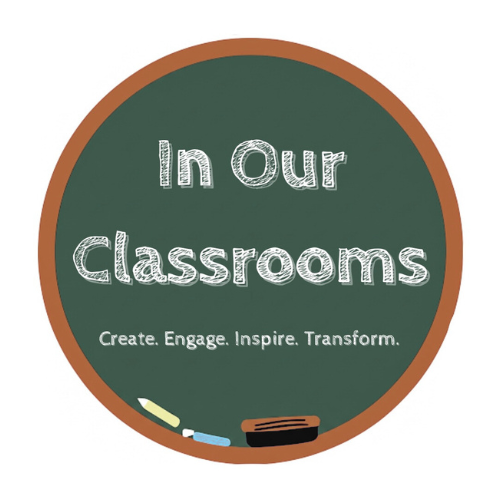
Strategies and How To’s
Elementary Classroom Essentials
When preparing your K-5 classroom learning environment for yourself and students, these tips are essential to keep in mind:
Make it your own! Feel free to incorporate your favorite colors or calming, earth tones. Important to note - certain colors/patterns/prints tend to be very “busy” and can be overstimulating to students. Sometimes, less is more!
Classroom rugs! When utilizing a classroom rug, make sure it can fit all your students, and be sure to have seating options in case it cannot. Rules for your rug should be posted at student eye-level and should be discussed daily.
Student access! Classroom layout must allow for students to have equal access to the front of the room, or wherever the teacher does the most teaching. When planning your classroom and desk layout, make sure every student can see and access the board, Smart Board, anchor charts, and learning centers. It helps for you, the teacher, to physically put yourself in various student seats so you can see what your future students will be seeing and you are able to troubleshoot movement restrictions.
Cubbies! Lockers! In pre-k-1st grade students tend to have cubbies. Grades 2-5 tend to vary based on the school. Sometimes there are lockers, other times it’s a communal closet with hooks where backpacks and coats are stored. Either way, this is an essential part of an elementary school classroom. You as the teacher decide when students can access their personal belongings and how they are set up. Will they be labeled? First come first serve every day? Will there be a different spot to hold lunchboxes? It also helps to set up student mailboxes in the older grades for easy distribution of take home materials. For younger students, it helps to have a bin or basket where students can place their take home folders every morning once their backpacks have been emptied.
Visual Resources! Most elementary teachers tend to put up the alphabet and a number line visuals. Anchor charts are also a key part of an elementary school classroom. These help to reinforce concepts learned and students are free to look at them and refer back to key concepts. It is not necessary, unless you’re told by administration or a curriculum leader, to have an anchor chart up for all 180 days of the year. Some charts only have to be hung up for a few weeks, others a few months. Remember: you do not want to overwhelm or overstimulate your students. One chart that should be kept up all year? Your classroom rules.
Meeting Space! Students thrive on structure and routine as it keeps many behaviors in check and students know how each day will unfold. While lower elementary tends to have a space dedicated to “Morning Meeting” where there will be a calendar, days of the week, class schedule it doesn’t hurt for upper elementary to at least have a class schedule handy and accessible.
Classroom Library! No matter what elementary grade you teach, all students should be exposed to a wide range of texts- both fiction and non-fiction. There should be diverse characters, authors, genres, and settings. No child should be reduced to just their reading level. Students should always be given the option to at least browse through a book that they are not quite ready to read yet. Depending on classroom storage or furniture, you may choose to display books in labeled baskets/bins, stack them on shelves like a traditional library, or display them with the covers facing out. As long as students have easy access! A classroom library is the perfect spot to put a cute rug, flexible seating options such as bean bag chairs, and a stuffed book buddy or two.
Small Group Classroom Centers! In most elementary school classrooms, you will find a small group table (usually shaped like a circle or kidney bean) or small tables that are perfect for centers. Successful centers thrive on structure and routine.
Calm Corners! These are a relatively new classroom concept but have been implemented by hordes of elementary teachers. Simply find a small area of your classroom dedicated to calming down from big feelings.
Your Space! Teachers spend more than 180 days in their classrooms, so you want to make it your home away from home. Utilize your desk and possibly a spare bookshelf or filing cabinet to create your own little section- one that only you get to go near. Make it your own, add framed pictures, a plant, get yourself a super cute pen caddy for the Flair pens and Inkjoys you hoard. In your desk drawer- make sure to keep the essentials for yourself. Think a small deodorant, pair of comfy socks, band aids, ibuprofen, and of course- emergency candy! It won’t be enough to calm the most stressful situations, but sitting in a space you designed for yourself, might take the edge off a bit.
The biggest piece of advice to take away from this list is that your classroom will always be a work in progress. You may never feel 100% done with it and that’s okay! As teachers, it is in our nature to constantly tweak, improve, revise, and sometimes start completely from scratch. As long as your classroom will be a place of love, fun, nurturing, discovery, and doing your best, you and your students are off to a fantastic start to a new school year!

